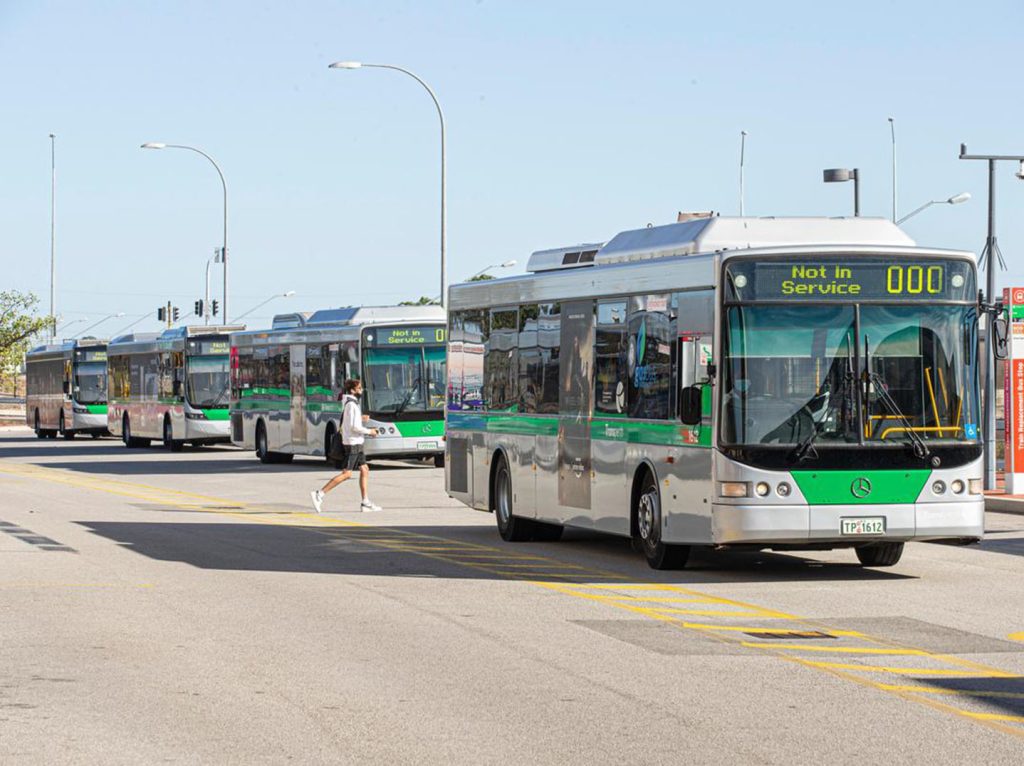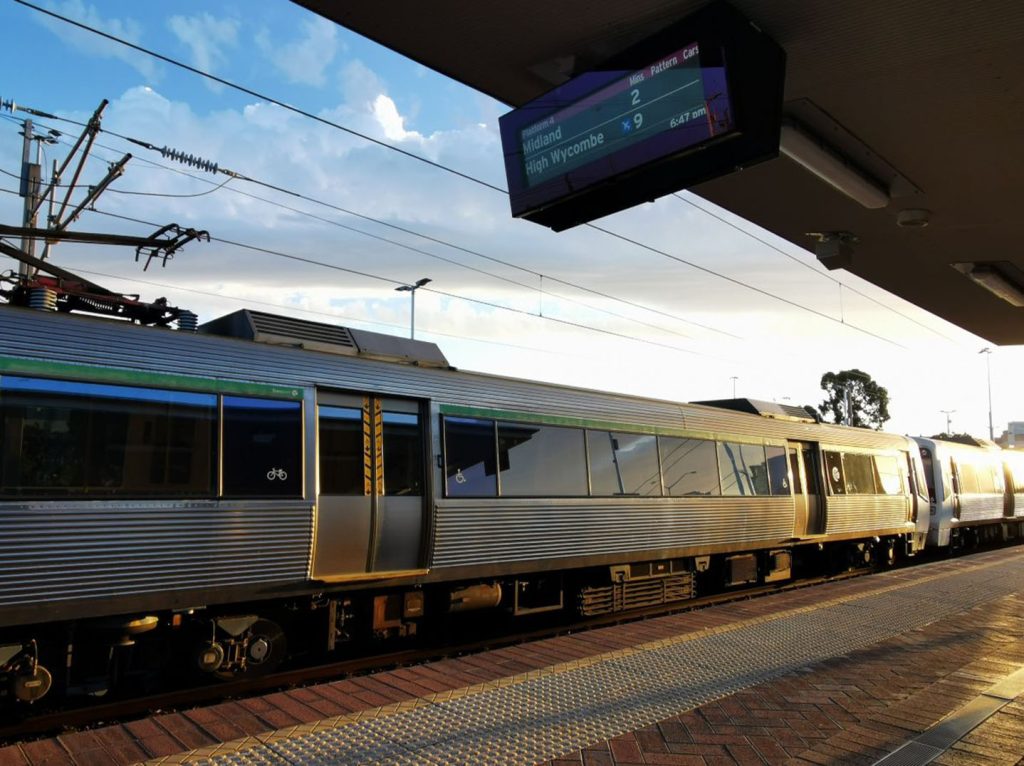Exploring Perth’s vibrant cityscape and discovering its hidden gems requires a reliable and efficient mode of transportation.
Perth’s public transport system, managed by Transperth, comprises buses, trains, and ferries, providing an interconnected web that facilitates seamless travel across the city and its outskirts. Throughout my journeys, I’ve found that understanding the intricacies of this network significantly enhances the overall travel experience.
From unraveling the fare systems to highlighting the most efficient routes and sharing personal anecdotes, I’m here to ensure your exploration of Perth is not hindered by transportation woes.
Join me on this journey as we unravel the intricacies of Perth’s public transport, making your travel experience more enjoyable, efficient, and stress-free.
Overview of Perth’s Public Transport
Perth boasts a well-integrated public transport system managed by Transperth, offering a seamless travel experience through buses, trains, and ferries. Understanding the basics of this network is fundamental for a smooth journey.
Transperth Buses: The extensive bus network in Perth covers various routes, connecting suburbs, major attractions, and transport hubs. Buses are a convenient mode of travel, especially for reaching destinations not directly accessible by trains. Travelers can access detailed route maps and timetables on the Transperth website or through the Transperth app, aiding in planning their journeys efficiently.
Transperth Trains: The train network provides swift and efficient transportation across Perth and its outskirts. With multiple lines covering key areas, including the Mandurah, Joondalup, and Armadale lines, commuters and tourists can easily navigate the city. Train schedules are available online or at stations, offering frequent services during peak hours and reliable transportation during off-peak times.
Transperth Ferries: Ferries offer a unique way to traverse Perth’s waterways, connecting locations like South Perth, Fremantle, and Rottnest Island. These routes provide stunning views of the city’s skyline and waterfront attractions. Ferry schedules, fares, and destinations can be accessed through Transperth’s official channels.
Fare System: Understanding Transperth’s fare system is essential for hassle-free travel. The system utilizes zone-based fares, where the city is divided into zones, and fares vary based on the number of zones traveled. Travelers can choose between cash fares or opt for the convenient SmartRider card.
Ticketing Methods: Tickets for buses, trains, and ferries can be purchased at stations, on board (for buses), or via SmartRider cards. The SmartRider card is a reusable smart card that allows for easy payment by tapping on readers when boarding and disembarking. It offers discounted fares, auto-reloads, and hassle-free travel across all modes of Transperth transport.
Navigating Transperth Buses
Utilizing the Bus Network: Perth’s extensive bus network serves as a vital link for commuters and tourists alike. Understanding how to navigate this network is key to exploring the city efficiently. The Transperth app or website provides comprehensive information on bus routes, schedules, and bus interchanges.
Route Planning: Travelers can plan their bus journeys by accessing route maps and timetables provided by Transperth. The “JourneyPlanner” tool on the website or app enables users to input their departure and destination points, suggesting the most suitable bus routes and schedules for their trip.
Maximizing the Bus Experience: Tips for travelers include arriving at the bus stop a few minutes early, as buses generally run on schedule. Learning to recognize bus numbers and destination signs on buses ensures boarding the correct bus. Additionally, travelers can use the SmartRider card or prepare the exact cash fare for a smoother boarding process.

Understanding these basics of Transperth’s bus network empowers travelers to efficiently navigate Perth’s streets, access attractions, and explore the city’s diverse neighborhoods with ease.
Riding the Transperth Trains
Insights into Perth’s Train Services:
Perth’s train network is a cornerstone of the city’s efficient public transportation. The network encompasses major train lines like the Mandurah, Joondalup, Armadale, Fremantle, and Midland lines, connecting various suburbs and key locations within the city.
Train Stations and Services:
Major stations, such as Perth Station, Elizabeth Quay, and Fremantle Station, serve as hubs facilitating smooth transitions between different train lines. During peak hours, trains run frequently, ensuring timely services for commuters. Off-peak hours maintain a reliable schedule, albeit with slightly less frequent services.
Peak and Off-Peak Travel Times:
Peak hours, typically during morning and late afternoon rush periods on weekdays, experience higher commuter traffic. Travelers can expect trains to be busier during these times. Conversely, off-peak hours offer a more relaxed and less crowded travel experience.
Train Etiquette:
Observing train etiquette ensures a pleasant journey for all passengers. Basic etiquette includes allowing disembarking passengers to exit before boarding, offering seats to those in need, and keeping personal belongings in check to maintain space for fellow travelers.
Exploring Perth by Ferries
Perth’s Unique Ferry System:
Perth’s ferry services offer a distinctive way to explore the city and its surrounding areas by water. Ferries connect key locations, including South Perth, Fremantle, and Rottnest Island, providing breathtaking views of the city skyline and waterfront attractions.
Ferry Schedules and Routes:
Ferry schedules vary depending on the destination and time of year. Travelers can access detailed schedules on Transperth’s website or at ferry terminals. Routes often highlight popular attractions accessible via ferry, such as Fremantle’s historic port, South Perth’s picturesque foreshore, and Rottnest Island’s pristine beaches and wildlife.
Notable Attractions Accessible by Ferry:
Ferries offer access to several iconic Perth attractions. Fremantle’s Maritime Museum, South Perth’s stunning views of the city, and Rottnest Island’s famed quokkas and scenic beauty are among the noteworthy sites accessible by ferry.
Understanding the intricacies of Perth’s train services and ferry system equips travelers with the knowledge needed to navigate the city efficiently and explore its unique attractions by land and sea.
SmartRider Cards and Payment Methods
Obtaining a SmartRider Card:
Acquiring a SmartRider card is a convenient and cost-effective way to travel across Perth’s public transport network. These reusable smart cards can be obtained from Transperth InfoCentres, selected retail outlets, or online through the Transperth website. Upon purchase, the card can be loaded with funds, allowing seamless tap-and-go payments for bus, train, and ferry services.
Fare Structures and Benefits:
SmartRider cards offer reduced fares compared to cash payments. They automatically calculate the correct fare based on the number of zones traveled, ensuring hassle-free and cost-effective travel. Additionally, frequent travelers can benefit from automatic top-up options, saving time and ensuring continuous travel without the need for manual recharges.
Reloading Options:
Reloading funds onto SmartRider cards can be done through various channels, including Transperth InfoCentres, designated retail outlets, online via the Transperth website, or by using the automatic recharge feature linked to a bank account or credit card. This flexibility ensures that travelers can conveniently top up their cards as needed.
Accessibility and Facilities
Accessibility Features:
Perth’s public transport system prioritizes accessibility for disabled travelers. Stations and stops are equipped with ramps, elevators, and designated spaces to accommodate wheelchairs and mobility aids. Announcements and displays provide real-time travel information, benefiting travelers with visual or hearing impairments. Additionally, priority seating and assistance services are available for those in need.
Facilities at Stations and Stops:
Stations and stops feature amenities to enhance travelers’ comfort and convenience. Facilities include sheltered waiting areas, benches, drinking fountains, and public restrooms. Information boards display schedules, service updates, and maps to assist passengers in planning their journeys effectively.
Bike-Friendly Transport Options:
Perth’s public transport encourages eco-friendly travel by accommodating cyclists. Trains and ferries have designated spaces for bicycles, allowing passengers to bring their bikes on board during off-peak hours. Additionally, many stations are equipped with bike racks or lockers for secure bicycle storage.
Assistance Services:
Transperth offers assistance services to ensure a smooth travel experience for all passengers. Travelers can access customer service assistance through Transperth InfoCentres, online portals, or by utilizing emergency help points available at stations and stops.
Understanding the convenience of SmartRider cards and the array of facilities and accessibility features available on Perth’s public transport ensures a seamless and inclusive travel experience for all passengers.
Tips for Efficient Travel
Utilizing Planning Apps:
Leverage the power of planning apps like the Transperth App, Google Maps, or CityMapper to map out your journey. These apps provide real-time information on routes, schedules, and disruptions, allowing you to plan your trip efficiently and stay updated on any service changes.

Real-Time Tracking Tools:
Stay informed about the live status of buses, trains, and ferries using real-time tracking tools available through Transperth’s website or mobile apps. These tools offer live updates on service arrival times and disruptions, ensuring you’re always aware of any changes impacting your journey.
Transfer Guides and Timetables:
Make use of transfer guides and timetables provided at stations and stops. These resources outline transfer points, interchanges, and timetables, helping you seamlessly switch between different modes of transport without delays.
Navigating Like a Local:
Observing the locals’ behavior on public transport can offer valuable insights. Pay attention to how they queue at stops, board trains, or tap their SmartRider cards. Following their lead can help you navigate the system more confidently and efficiently.
Personal Experiences and Recommendations
Firsthand Experiences:
Having extensively utilized Perth’s public transport system, I’ve found it to be a reliable and accessible means of exploring the city. The convenience of SmartRider cards, coupled with real-time tracking tools, has made commuting effortless. I’ve witnessed how the network efficiently connects different neighborhoods, allowing me to discover hidden treasures around every corner.
Hidden Gems Accessible via Public Transport:
Perth’s public transport opens doors to various hidden gems. Using trains, I explored the artistic vibrancy of Fremantle, discovering its eclectic markets and historical sites. Taking ferries enabled me to bask in the serenity of South Perth’s riverside parks and enjoy the captivating views of the cityscape.
I highly recommend utilizing the free CAT (Central Area Transit) buses in Perth’s city center, offering convenient access to popular landmarks like Elizabeth Quay, Perth Cultural Centre, and Kings Park. Additionally, embarking on a scenic ferry ride to Rottnest Island to encounter the adorable quokkas and explore the island’s pristine beaches is an unforgettable experience worth indulging in.
These personal insights and recommendations aim to enhance your experience with Perth’s public transport, allowing you to navigate the city efficiently while uncovering its hidden treasures.

